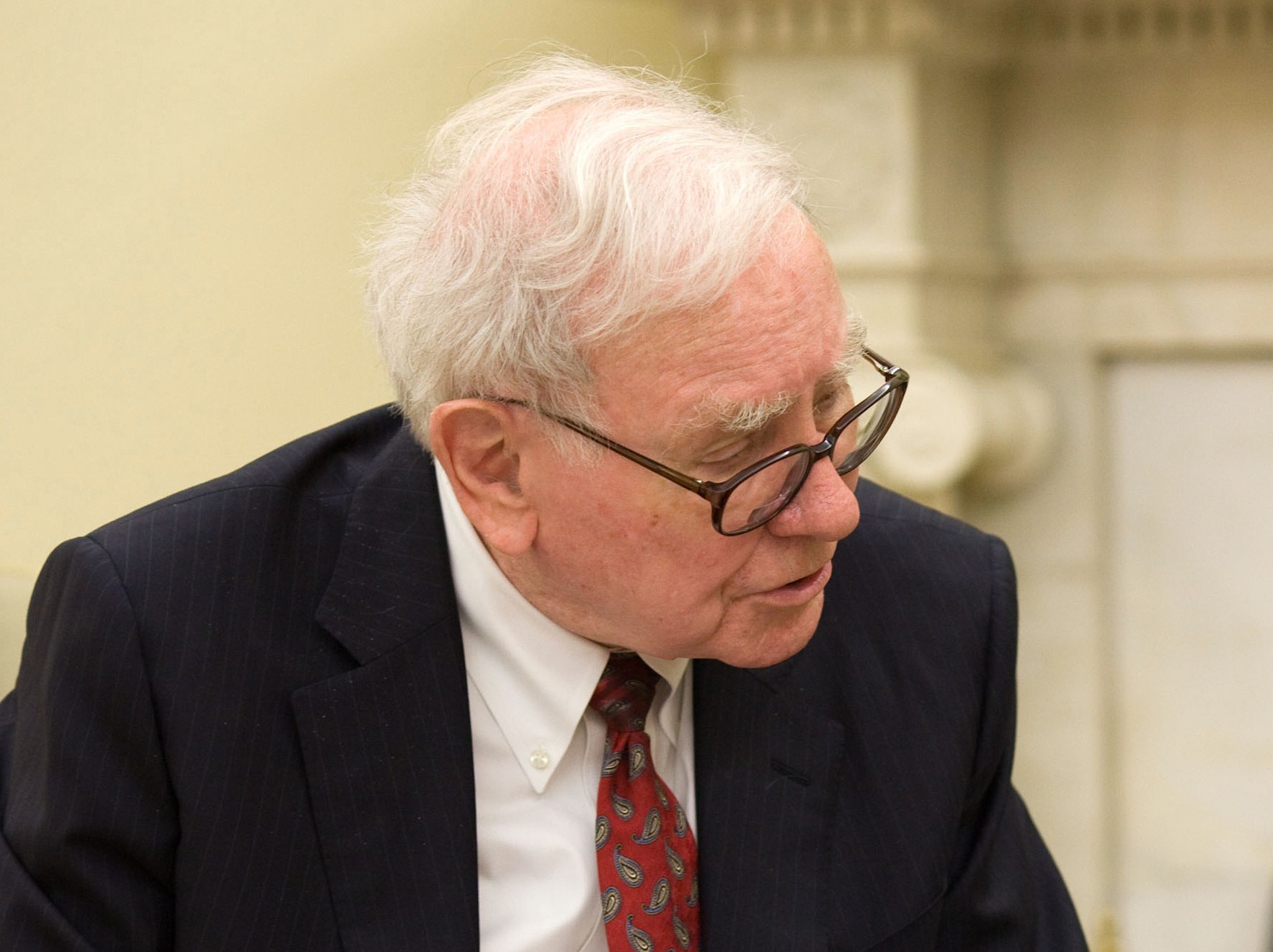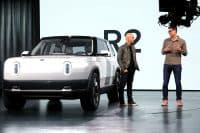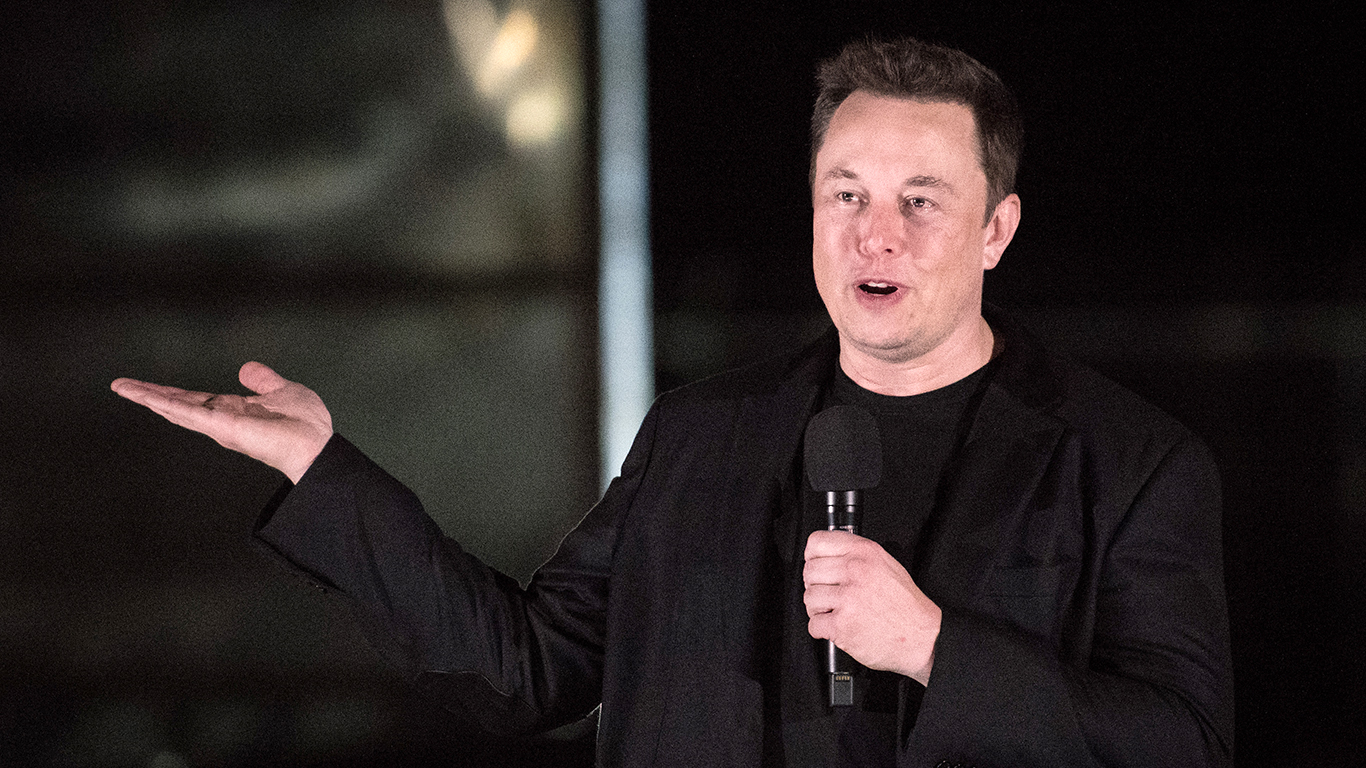
In 2024, the stock market faced significant volatility, with sharp downturns materializing in early August due to concerns about the U.S. economy. A sudden rise in unemployment and high interest rates fueled fears of an impending recession, leading to a global market decline. The yen carry trade unwound, leading to the sharpest decline for the Japanese Nikkei 225 since Black Monday in 1987. And the VIX saw its highest reading since the Great Recession, something that has many investors currently concerned.
Now, things have settled down a bit, and stocks are starting to make moves back toward all-time highs as bets for interest rate cuts continue to increase. There’s now around 100 basis points of cuts priced into the bond market for this year. And while most investors believe this is for a good reason – for the Federal Reserve to “coordinate” a soft-landing, others think the cutting could be much more pronounced than many thing, and take place for unfortunate reasons.
We’ll see. For now, the market is pricing in a rosy, goldilocks scenario. If that’s not the case, investors looking to add some defensive exposure to their equity holdings may want to consider the following three stocks.
Key Points About This Article:
- Worries about a potential stock market crash are ramping up, with various macroeconomic indicators now flashing red.
- While there are signs we could achieve a soft landing, if we don’t, these are the stocks investors may want to consider in more turbulent times.
- If you’re looking for some stocks with huge potential, make sure to grab a free copy of our brand-new “The Next NVIDIA” report. It features a software stock we’re confident has 10X potential.
Berkshire Hathaway (BRK-B)

Berkshire Hathaway’s (NYSE:BRK-B) investment strategy, outlined by CEO Warren Buffett in his annual letters, emphasizes long-term investing in well-run businesses with lasting competitive advantages. Buffett believes in patience, stating that one excellent business can outweigh inevitable mediocre decisions. He also seeks to invest at bargain prices, purchasing stocks when they dip below intrinsic value. Ensuring he has a margin of safety is what allows the Oracle of Omaha to make what are often viewed as contrarian trades – buying when others are selling.
Warren Buffett’s stock-picking skill isn’t the primary reason to own Berkshire Hathaway long-term. Surprisingly, most of Berkshire’s value comes not from its stock holdings, but from its wholly owned private companies like Duracell, Geico, and BNSF. These holdings make up around two-thirds of its over $900 billion market cap.
These cash-generating businesses benefit from avoiding public market pressures. Though Berkshire’s performance may occasionally lag behind the S&P 500, the company has consistently outperformed the market over the long run, making it a solid buy-and-hold investment focused on capital appreciation, not dividends.
Restaurant Brands (QSR)

Restaurant Brands (NYSE:QSR) recently announced a dividend of $0.58 per share payable on October 4th, bringing its annual yield to 3.3%. That’s higher than many of its peers, and much higher than industry norms. The fast food giant has consistently and comfortably covered its dividend with earnings, distributing more than 75% of its free cash flow to shareholders. With cash flow and earnings growth largely outpacing dividend hikes, many in the market appear to believe this company’s growth potential could be much greater than the market is pricing in. Indeed, the company’s expected EPS growth of nearly 15% next year could lead Restaurant Brands’ payout ratio to decline to a much more sustainable 59%.
That would be great for dividend investors in this stock. But it’s also true that Restaurant Brands is a company with a significant growth path forward. The company continues to expand in foreign markets, many of which have higher growth rates than here in North America. As the company picks up market share abroad, its organic same-store sales growth domestically should provide Restaurant Brands shareholders with increasing capital appreciation over time.
From a valuation perspective, there’s also a lot to like. The company’s current P/E ratio of around 18-times is not only reasonable – I’d argue it’s dirt cheap. This is a company that’s typically traded in the 30-times earnings range in the past. At a forward P/E ratio of around 15-times, we’re talking about double the value for twice the defensiveness of the average stock (or better). This is a top option for those concerned about potential macro weakness on the horizon, in my books.
Walmart (WMT)

Walmart Inc. (NYSE:WMT) is a leading U.S. retailer with over 10,500 stores. Indeed, the company doesn’t really need an introduction. And Walmart’s financials speak for itself, with the company reporting strong 2Q 2025 financial results. Walmart brought in 4.8% revenue growth and a 7.2% uptick in adjusted operating income. The company also provided upbeat Q3 2025 guidance, expecting net sales growth of 3.25% to 4.25% and a 3.0% to 4.5% increase in operating income. For FY 2025, Walmart anticipates net sales growth of 3.75% to 4.75% and a 6.5% to 8.0% rise in adjusted operating income, while continuing to gain market share and increase transaction counts.
Walmart CEO Doug McMillon highlighted four reasons for consumer preference: value, variety, convenience, and trust. Walmart’s success in surpassing analyst expectations in Q2 is attributed to its use of AI to enhance the shopping experience. With an improved outlook for the fiscal year, Walmart anticipates modest growth in sales and operating income, outperforming other consumer product companies.
The company maintains a strong competitive edge with its vast store network and low-price strategy. Enhanced online integration and supply chain improvements drive growth. And as more consumers continue to focus on finding the items they need at the best possible values, Walmart should continue to remain a long-term winner in this market environment.
The Average American Has No Idea How Much Money You Can Make Today (Sponsor)
The last few years made people forget how much banks and CD’s can pay. Meanwhile, interest rates have spiked and many can afford to pay you much more, but most are keeping yields low and hoping you won’t notice.
But there is good news. To win qualified customers, some accounts are paying almost 10x the national average! That’s an incredible way to keep your money safe and earn more at the same time. Our top pick for high yield savings accounts includes other benefits as well. You can earn up to 3.80% with a Checking & Savings Account today Sign up and get up to $300 with direct deposit. No account fees. FDIC Insured.
Click here to see how much more you could be earning on your savings today. It takes just a few minutes to open an account to make your money work for you.
Our top pick for high yield savings accounts includes other benefits as well. You can earn up to 4.00% with a Checking & Savings Account from Sofi. Sign up and get up to $300 with direct deposit. No account fees. FDIC Insured.
Thank you for reading! Have some feedback for us?
Contact the 24/7 Wall St. editorial team.





